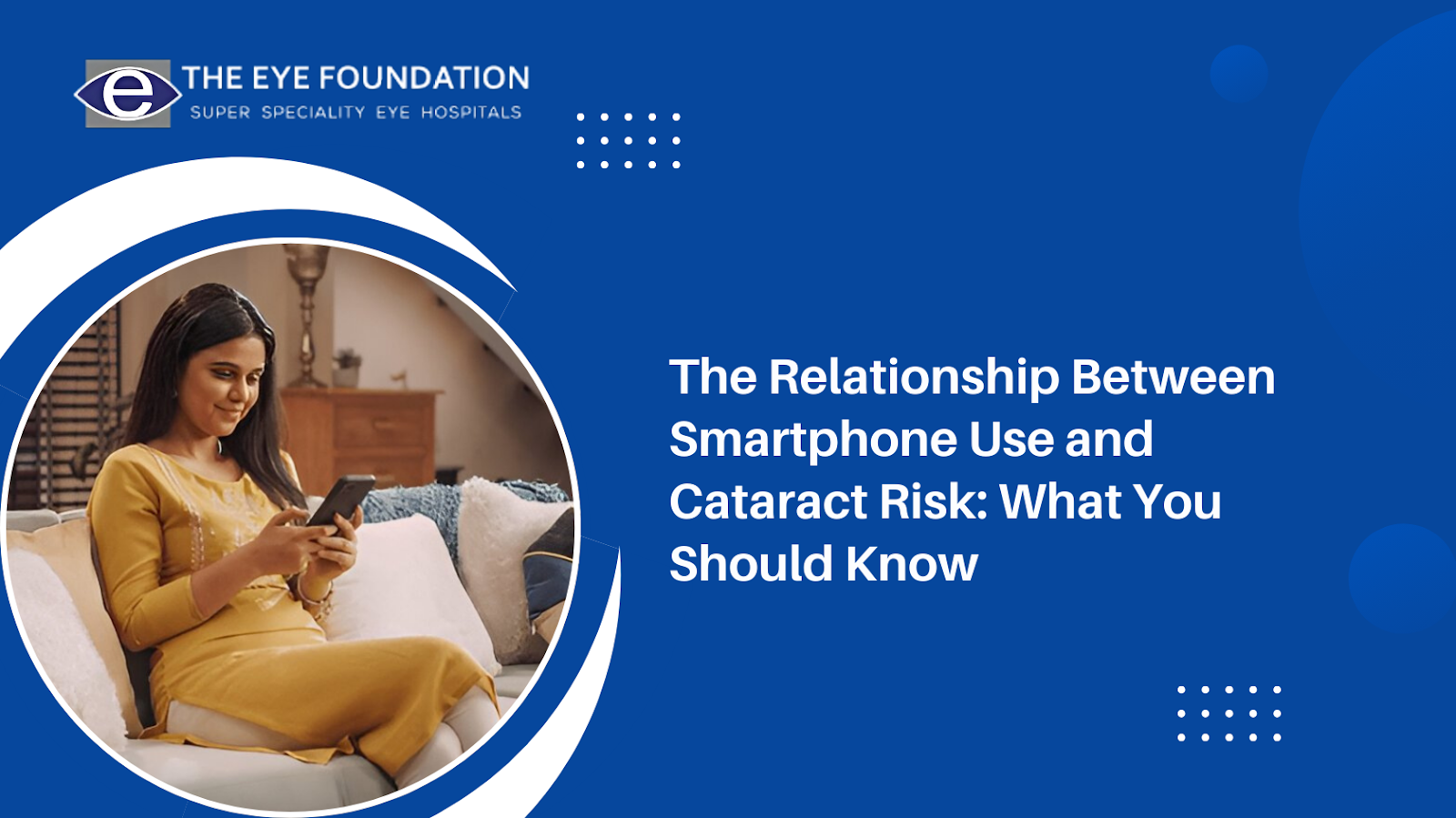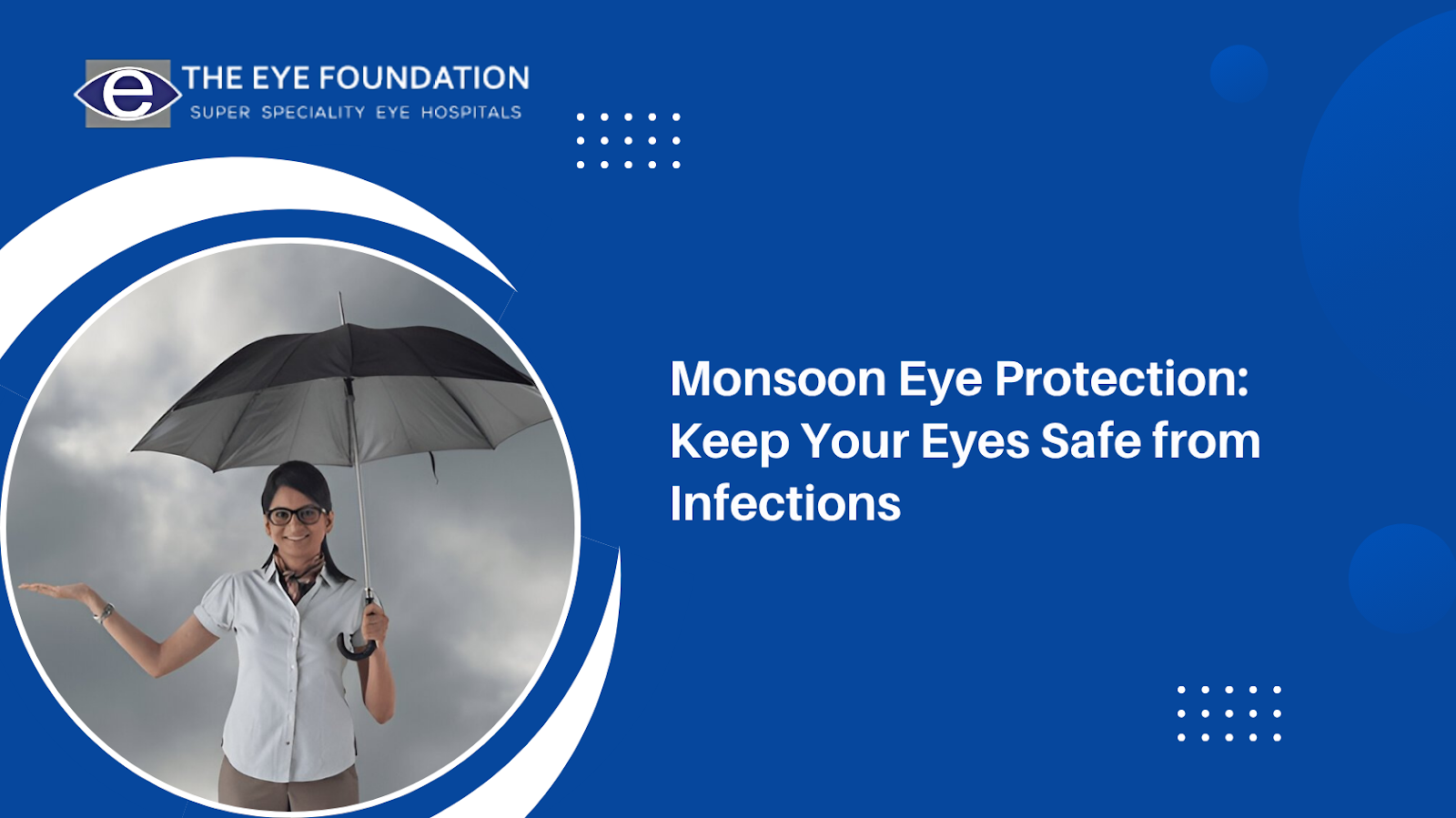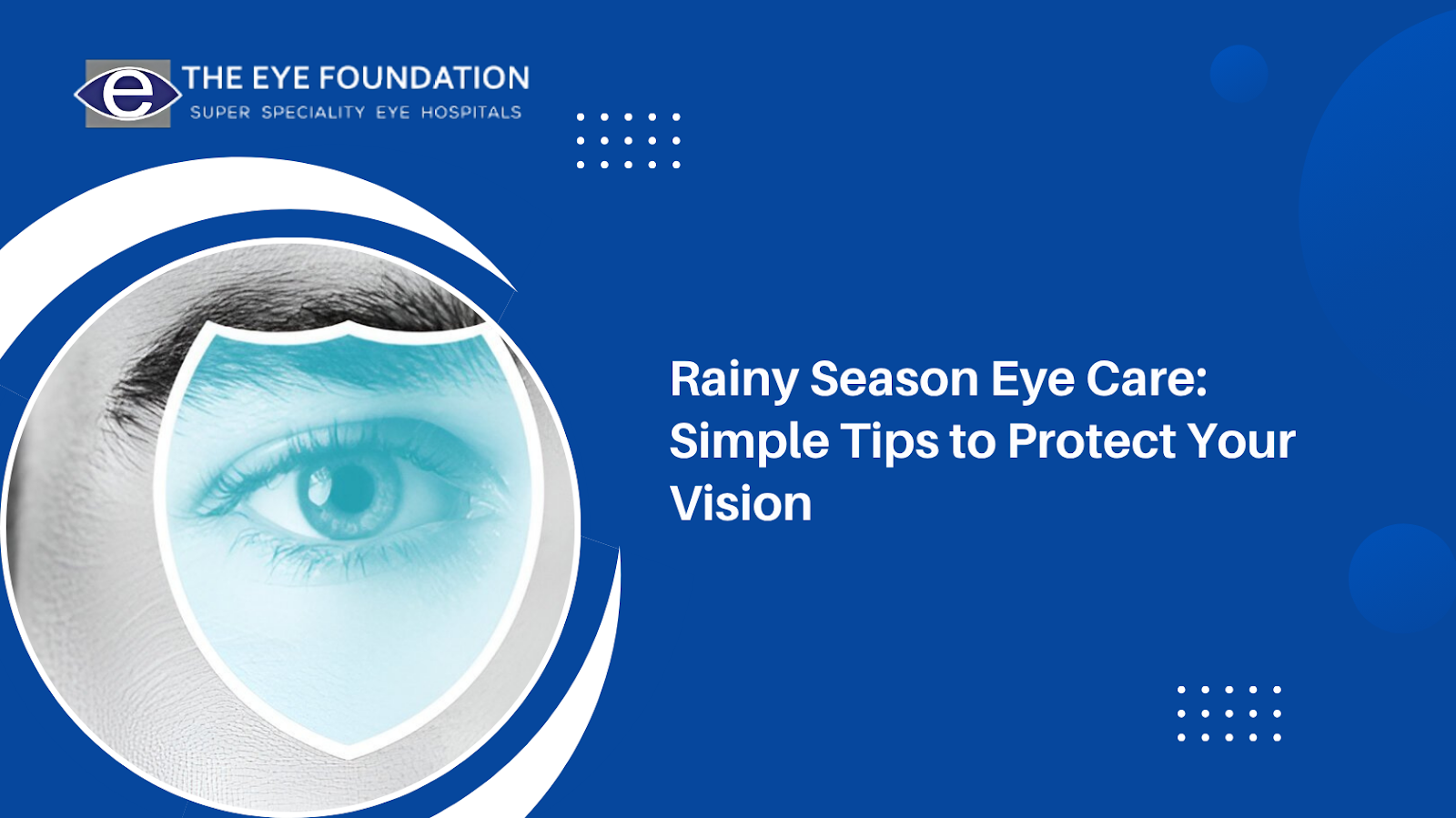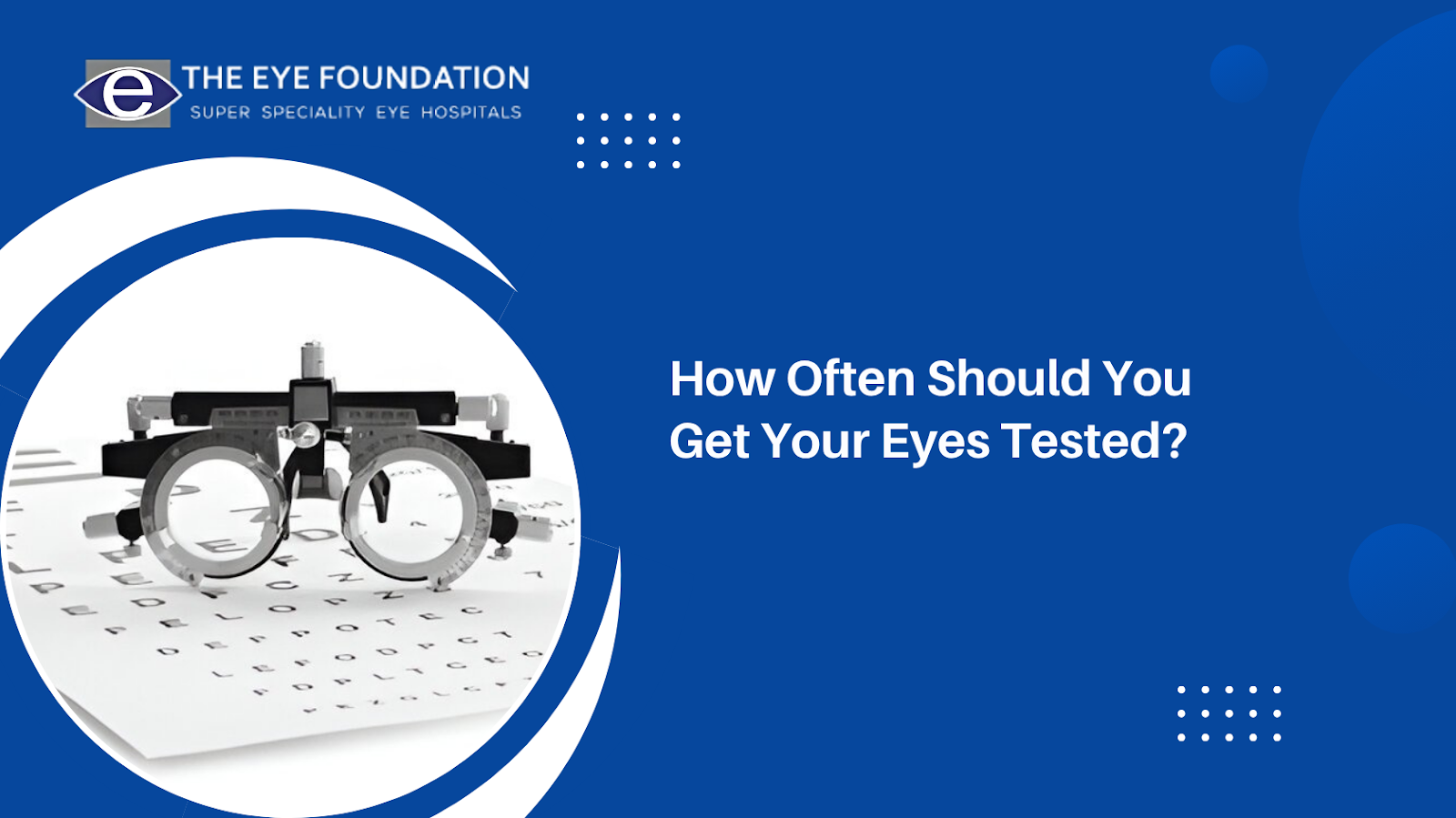Smartphones have become an essential part of our lives. We use them for work, communicating with people, for entertainment and even for health. With screen time continuing to increase, it's only natural that some people will begin to ask questions about what smartphone use may mean for eye health, particularly in relation to cataracts. This blog will discuss if smartphone use may influence our chance of getting cataracts and if it may influence how cataracts are diagnosed.
Cataracts are commonly seen in the older adult, but can occur related to other factors, such as;
- Age: The most common contributor of cataracts.
- Genetics: Family history can be a significant risk.
- Health Background: Diabetes and high blood pressure can help contribute to risk.
- Trauma: History of eye injury can also lead to cataracts.
- Excessive exposure from the sun: Ultraviolet (UV) rays can potentially contribute to cataracts.
Now, with the growing impact of smartphone and digital device use, some are wondering if increased screen time may possibly contribute to other eye conditions, including cataracts.
Can Smartphone Use Increase Cataract Risk?
There are a number of factors that come up when we talk about cataract risk.Although there is no conclusive proof that smartphone usage results in cataracts, certain elements of prolonged engagement with digital devices could lead to eye fatigue, discomfort, and perhaps hasten the natural aging of the lens overtime.
1. Exposure to Blue Light
While extended use of blue light emitted from digital devices does not cause chronic damage to the eyes, it may contribute to eye strain, dry eye and/or headaches. Blue light technology is being studied, and has no solid evidence indicating it plays a role in incidence of eye disease. While you may not be able to mitigate your exposure completely, suggest using blue light reduction glasses or screens when using digital devices.
2. Increased Screen Time
The more time you spend looking at your smartphone or digital screen, the less time your eyes can recover. Eye fatigue over time can lead to discomfort such as digital eye strain or can make pre-existing problems worse. Over time chronic eye fatigue could affect the lens of the eye and may increase the rate of agin and development of cataracts.
It is important to limit screen time and provide your eyes with regular breaks to alleviate eye strain.It's a good habit to follow the 20-20-20 rule: every 20 minutes, focus on something 20 feet away for a minimum of 20 seconds.
3. UV Light Exposure
Smartphones, unlike some other electronic devices, are not believed to emit UV rays directly. That said, if you are using your smartphone outdoors in the sun, you could be subjected to harmful UV rays. UV exposure is among the top risk factors for developing cataracts over time. This risk is especially true for those who spend time outside while using their phones without UV protection.
It is always a good idea to wear sunglasses that provide 100% UV protection when using your telephone outside.
How Smartphone Use May Affect Cataract Detection
Smartphones do not cause the formation of cataracts directly. However, an increase reliance on digital devices may lead to difficulties detecting cataracts. For instance:
1. Delayed Diagnosis -As telehealth becomes more available by making an appointment with healthcare providers through their phones, people may be using their smartphones to connect with health services. To be sure, this is a positive innovation. For example, a video appointment might help to decipher or interpret the nature of cataract symptoms simply from a description someone provides. However, many cataract symptoms that are early and complicated to understand may go unnoticed until cataracts are more progressed, which may be due to a patient being a less than optimal self-reporter, or because a healthcare provider has limited visual information to assess. In addition, if a patient is reliant on digital healthcare, it could also mean they delay ever going to see an eye care practitioner altogether.
2. Reduced Awareness- People may become so accustomed to glare and visual discomfort when using mobile devices that they rather minimize these symptoms to just temporary eye strain or some other non-serious reason. Because of this, they may overlook early cataract symptoms, and subsequently delay treatment.
3. Vision-testing apps There are that some mobile app that offer some vision testing, some of which may perform a test for possible cataracts. In general, a vision-testing app can provide estimations of what a person’s vision may be. However, a vision-testing app cannot replace or provide enough information to offer a comprehensive eye exam. An eye exam by an eye care practitioner is needed to provide a full assessment of cataracts and other eye conditions.
What Can You Do to Protect Your Eyes?
If you are worried about possible smartphone use and eyeball problems that could contribute or be the stimulus for cataract formation and the onset of symptoms, there are a few proactive things you can do to maintain and promote your complete eye health:
1. Use Blue Light Filters: Use blue filtering apps or filters on all phones and devices.
2. Take Breaks: Consider following the 20-20-20 rule to relieve eye strain.
3. Wear Sunglasses: When outside, wear sunglasses that protect against ultraviolet (UV) rays to help protect your eyes.
4. Routine Eye Exams: Get your eyes examined by an eye care professional on a routine basis for all adults. Have these exams every 1-2 years if you are 40 years of age or older, or if you have risk factors for forming cataracts.
5. Change the Brightness of the Screen: Adjust the brightness of the screen to a comfortable level to relieve eye strain.
While there is no specific evidence that use of smartphones has an effect on cataracts, increased use of digital devices may correlate with eye strain. Use of both blue light protective measures and sunglasses may help promote eye health. Make sure that you are routinely following proper health measures such as using a blue light filter, wearing sunglasses, and routine breaks to protect your eyes, and overall eye health throughout your life.
The best way to detect and manage cataracts in their early stages is through regular eye exams. If you are concerned about your eyes, or whether you are developing cataracts, it is best to schedule a comprehensive eye examination with a trusted doctor in eye health. Complete an eye exam at The Eye Foundation, today to include cataract testing and any other recommended follow-up. Book an appointment now to protect your vision.






